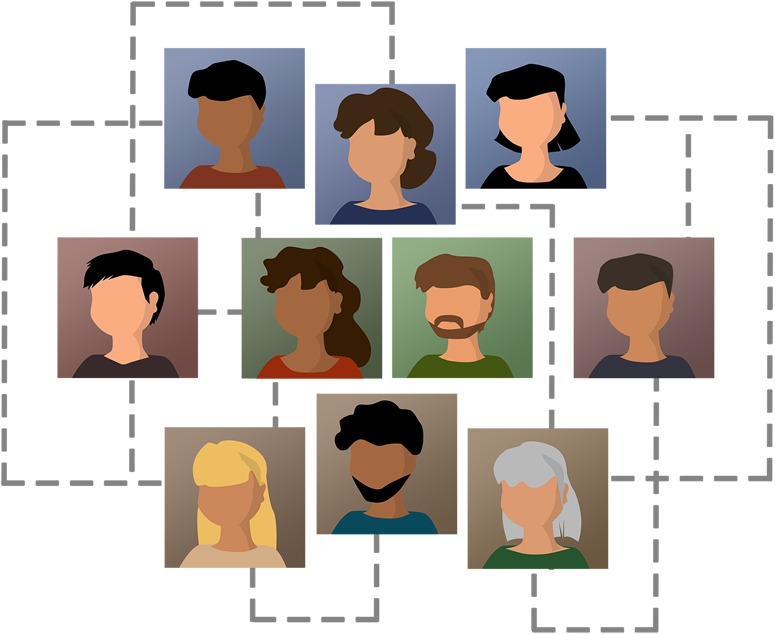The Business Case for Caregiver Support
12/7/2022 12:00:00 AM
 Research shows that family caregiving costs employees and employers in three significant ways. There is a clear business case for creating a caregiver support program. It is based on three key data points.
Research shows that family caregiving costs employees and employers in three significant ways. There is a clear business case for creating a caregiver support program. It is based on three key data points.
Caregivers are a large, yet often unrecognized group in your workforce.
- Nearly three-quarters (73%) of all employees have some type of caregiving responsibility. (Harvard Business School, 2019)
- COVID’s remote work and schooling plus the closure of child and senior care programs highlighted the challenges faced by employee caregivers. The strain is disproportionately borne by women and communities of color. In recognition of this inequity, caregiving status is an emerging identity group now being tracked by 12% of companies. (Syndio, 2022)
The well-being and performance of your employees is eroded by caregiving responsibilities.
- Financial well-being is undermined by spending an average of $10,000 annually on out-of-pocket caregiving expenses. About 60% report using some of their savings to cover caregiving costs. (Genworth 2018)
- Caregiving can also have serious physical and mental health consequences, largely due to chronic stress that erodes the immune system, and increases the risk of chronic illnesses such as cardiovascular disease, diabetes and depression. Caregivers report higher levels of stress and poorer health than the population at large. (AARP 2015)
- Productivity is diminished. Doing the equivalent of a “second-job,” caregivers spend an average of 24 hours per week providing care. (NAC/AARP, 2020) They often make work adjustments to accommodate care responsibilities: arriving late, leaving early or unexpectedly, taking time off; turning down work projects, or reducing work hours. Juggling work, family and care creates mental distractions, drains energy and diminishes work performance. (RCI 2022)
Your organization bears significant costs associate with caregiving employees.
- Higher Health Benefit Costs: Employers costs are on average 8% per year higher for caregiving employees than for non-caregivers. (MetLife 2010) For 2022, additional health care costs are estimated to be $1,070 per caregiving employee. (WTW 2022)
- Cost of Lost Productivity: For individual full-time, caregiving employees the average cost of lost productivity is approximately $6,400/person/year. This includes costs associated with replacing employees, absenteeism, workday interruptions, supervisory time, unpaid leave, and reductions from full to part-time work. (RCI 2022)
- Use our Cost Calculator to find out “How much does caregiving cost your organization?”
Expand Care Benefits in 2023
Employers who support caregiving employees promote trust, loyalty, and employee growth. Among caregivers who feel their employer cares about their well-being, 74% are more satisfied with their job, and 74% also report that they prefer to stay with their employer for 10 years or more. (Guardian Life 2020)
As a business leader, would you like to minimize the costs and receive the benefits of supporting caregiving employees? Make 2023 the year to expand your organization’s care benefits.
To learn more about how our curated, digital directory of problem-solving and self-care resources can benefit your organization, contact us. We sincerely hope 2023 will be the year you do more to support your caregiving employees. It will be good for each of them and for your organization.
Direct Link: https://www.help4cgs.com/Blog.aspx?ID=2&PostID=15
Anyone in your organization could be a caregiver
8/19/2022 12:00:00 AM
 Anyone in your organization could be a caregiver. Caregivers are people of all ages, races, genders. They are found in all socioeconomic groups and at every level of your organization, from interns and entry level employees all the way up to the ranks of your most senior leaders. Your caregiving employees are:
Anyone in your organization could be a caregiver. Caregivers are people of all ages, races, genders. They are found in all socioeconomic groups and at every level of your organization, from interns and entry level employees all the way up to the ranks of your most senior leaders. Your caregiving employees are:
-
Boomers caring for their spouses with serious major illnesses or ongoing chronic conditions.
-
Gen X employees being “sandwiched” by teens and aging parents who both need their care.
-
Millennials whose sibling may be struggling with mental health or substance abuse issues.
-
Working parents of young children with school challenges or learning disabilities.
-
Younger employees who, though not currently caregivers, may be thinking of their aging parents or starting a family. Imagining caregiving in the future, they join your current caregiving employees in desiring a workplace where they can successfully balance work, family, and caregiving responsibilities.
Caregivers are a large, often unrecognized group in the workplace. Approximately 73% of your employees have care responsibilities during “off-work” hours. (Harvard Business School, 2019) At work, they often diminish or avoid discussing their caregiving responsibilities lest they seem like uncommitted or unreliable employees. Many don’t consider themselves as caregivers, as reflected in statements like, “I’m not a caregiver. I’m her daughter!” “I’m just helping out! We’re family; it’s what we do.”
Despite not self-identifying as caregivers, if you look and listen you will recognize signs that employees may be carrying family caregiving responsibilities:
-
Coming in late or leaving early to handle family appointments
-
Using personal and sick time to manage family health crises
-
Taking a leave-of-absence to be with someone close to them
-
Losing productivity and effectiveness because of caregiver responsibilities or concerns
-
Taking a growing number of personal phone calls or unscheduled absences
-
Shifting from full-time to part-time to handle family issues
-
Uncharacteristically passing up promotions or new projects
-
Appearing stressed, depressed, anxious or physically unkempt
Take a moment and ask yourself, who among your employees might be a family caregiver?
Whether your valued associates are “employees,” “members,” “retirees” or “policy holders,” these caregivers need your support. In our next post we’ll explain why.
Despite the need, 79 percent of caregivers do not have access to caregiver support benefits at their workplaces. Supporting your caregiving employees will benefit them, as well as your organization. (SHRM, 2021) Learn about the benefits of Help for Caregivers.
Direct Link: https://www.help4cgs.com/Blog.aspx?ID=2&PostID=12